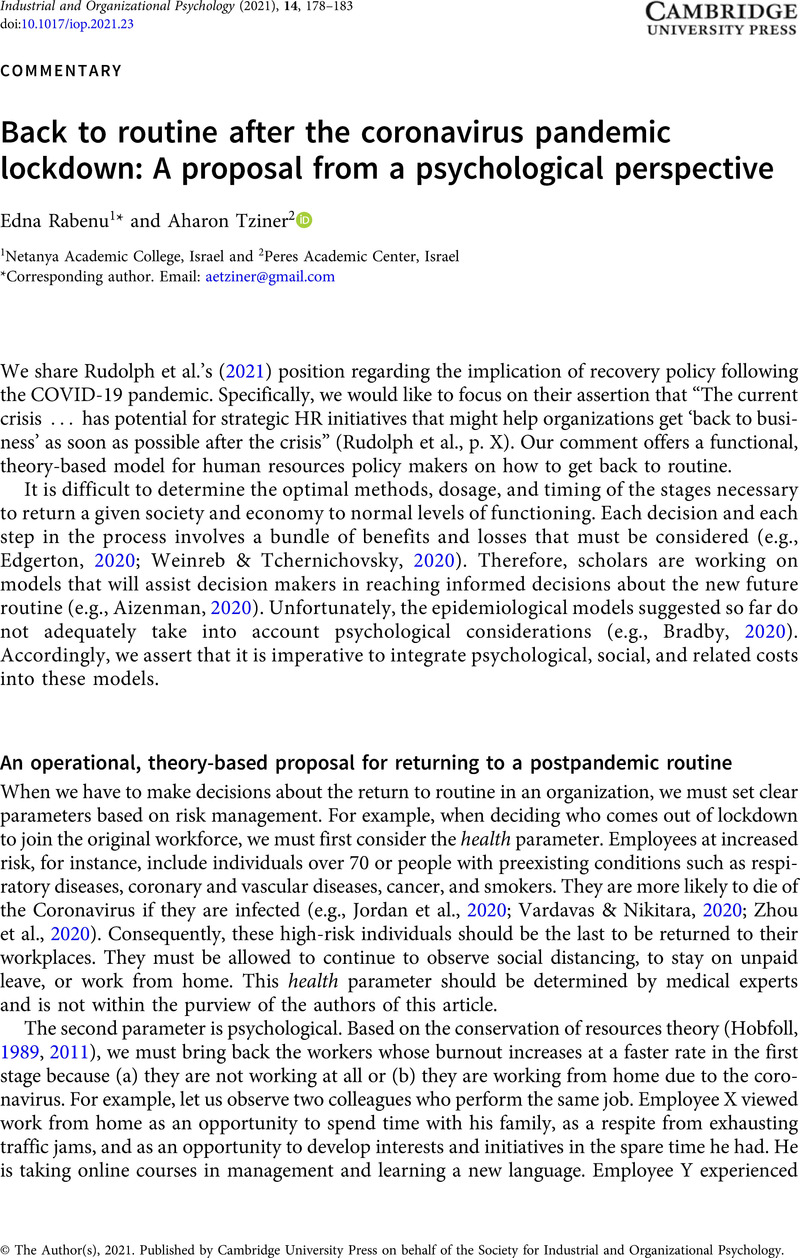Crossref Citations
This article has been cited by the following publications. This list is generated based on data provided by Crossref.
Hong, Paul C.
Singh, Nitya P.
Elangovan, N.
and
Yeon, Guydeuk
2022.
Responding to pandemic challenges: leadership lessons from multinational enterprises (MNEs) in India.
Journal of Management Development,
Vol. 41,
Issue. 4,
p.
205.
Gaddam, Rahul Paul
and
Perwez, Syed Khalid
2023.
Community Mental Health and Well-Being in the New Normal.
p.
42.



